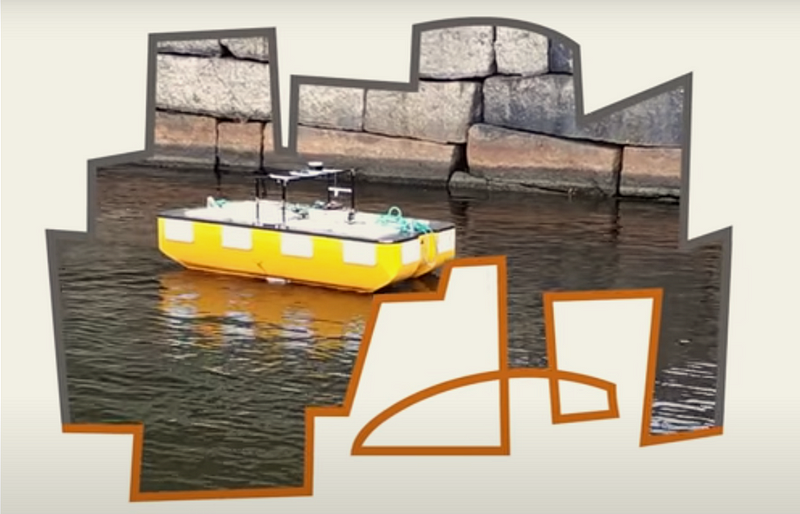The Future of Autonomous Watercraft: MIT's Roboat II
Written on
Chapter 1: Introduction to Autonomous Boats
In recent years, discussions about the future of mobility have predominantly focused on self-driving cars, the most prevalent form of transport globally. However, an equally significant application of autonomous technology lies in the development of autonomous boats, which can efficiently navigate waterways worldwide. This innovation has been a key focus of the Massachusetts Institute of Technology's (MIT) Computer Science and Artificial Intelligence Laboratory (CSAIL) and the Senseable City Lab since 2016.
Section 1.1: The Evolution of Roboat
With the latest advancements in the Roboat project, MIT has unveiled a new iteration known as "Roboat II." This cutting-edge floating platform, created in partnership with the Amsterdam Institute for Advanced Metropolitan Solutions, features enhanced navigation and control algorithms that facilitate improved communication and coordination among multiple boats.
The initial prototype underwent numerous enhancements over the years. In 2016, researchers successfully tested a floating platform capable of moving in various directions along a pre-defined route. By 2019, the autonomous boats had developed greater agility and the ability to change shape.
Subsection 1.1.1: Insights from Researchers

"The creation of a precise and reliable autonomous boat system for effective mapping, control, and human transport is a vital milestone for the full-scale Roboat implementation. We also aspire to integrate this technology into other vessels to enhance their autonomy."
~ Wei Wang, Lead Author of the Paper
Section 1.2: The Features of Roboat II
Roboat II, measuring 2.2 meters (approximately 6.6 feet), is a significant upgrade from its predecessor, which was a quarter-scale model of the intended final version, projected to reach 4 meters (13.1 feet) in length. The current model, equipped with sophisticated algorithms, successfully navigated Amsterdam's canals for three hours, collecting data with a mere 17 cm (less than 7 inches) error margin. View the demonstration video below.
This innovative boat can accommodate two passengers and is integrated with advanced algorithms, including Simultaneous Localization and Mapping (SLAM), a nonlinear model predictive controller, and a moving horizon estimation state estimator.
Chapter 2: Practical Applications of Roboat II
Roboat II operates similarly to a water-based ridesharing service. When a passenger requests a pickup, a system controller dispatches the closest Roboat to the location. Upon pickup, the boat maps the optimal route using the SLAM algorithm along with LIDAR and GPS sensors, taking into account current traffic conditions.
The research team has explored the functionality of Roboat II in two configurations: one where the boats are connected in series and another where they operate in parallel. Both setups demonstrated the ability to navigate to their destinations without direct communication, relying instead on a leader to guide the others through the initial instructions and journey mapping.
Researchers are refining the navigation algorithms to tackle more complex scenarios on the waterways, with plans to incorporate advanced object detection in the final full-scale version of Roboat, which will accommodate four to six passengers.
Looking forward, the team intends to leverage machine learning and adaptive controllers to adapt the boat's structure in response to varying weights or conditions. The ultimate goal is to enable these autonomous vessels to operate effectively in challenging environments, such as the open sea. As this project unfolds over five years, the final version of Roboat is anticipated to debut within the next year.

Stay updated with the latest developments—join my mailing list.